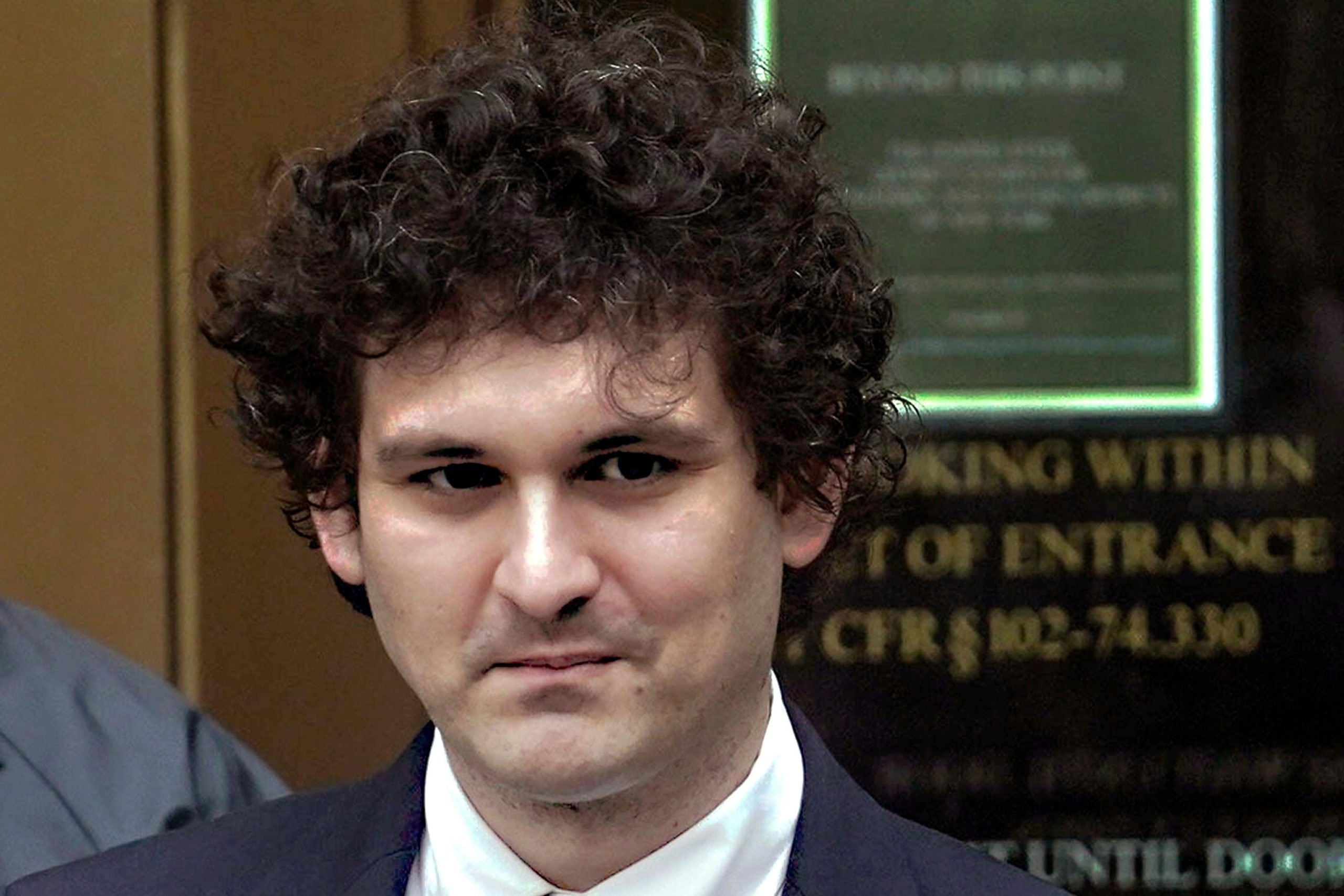
Colorado wildlife officials said Monday that they captured and plan to relocate five members of the first pack of wolves to form under the state’s ambitious wolf reintroduction program.
A sixth wolf — the pack’s adult male — was captured but died in captivity due to injuries unrelated to its capture, officials said. That wolf had been involved in repeated attacks on livestock and officials said it would have been kept in captivity if it survived.
The attacks and subsequent capture of the Copper Creek pack mark an early stumble in a voter-driven initiative to restore wolves to a state where they were wiped out decades ago by poison, trapping and hunting.
The pack formed after 10 of the predators from Oregon were released in December over bitter opposition from livestock groups.
The bid to capture them went against Colorado’s wolf management plan, which says relocation has “little technical merit” because it could create problems elsewhere if the animals continue attacking livestock. The plan calls for using non-lethal approaches, such as patrolling ranches with range riders and scaring away problem wolves, or killing them if necessary to stop ongoing attacks on livestock.
State officials said the female and four pups were not involved in the killings of cattle and sheep in Grant County.
They decided against killing the pack in part because it would have been a major setback for a restoration effort still in its infancy.
“It was a very, very unique situation right out of the gate and it demanded a unique response and part of that is making sure the pups in particular have a second chance in the wild,” Colorado Parks and Wildlife Director Jeff Davis said at a Monday news conference.
A decision is pending on where the remainder of the pack will be released. That will occur after the pups get larger and can hunt on their own, officials said.
Ranching groups wanted the wolf pack killed. Moving them elsewhere will just relocate the problem, said Tim Ritschard, president of the Middle Park Stockgrowers Association.
“We know these wolves have been part of the killing, even though CPW (Colorado Parks and Wildlife) says otherwise,” Ritschard said. “In a few years we’re going to have to remove these pups when they get older.”
Owners of calves that are killed can be compensated by the state for the animal’s market value, up to $15,000.
Wildlife advocates objected to capturing the animals. They said relocating pups risks their survival and wanted more done to keep the pack from killing livestock, such as using electric fencing that can better deter attacks.
Michael Saul with Defenders of Wildlife said state officials should adopt rules requiring that livestock attack avoidance techniques be exhausted before wolves can be relocated.
“It’s the least-bad outcome from a really difficult situation,” Saul said. “CPW must now turn its attention to ensuring it does not have to come to this impossible decision again.”
In other parts of the U.S. where wolves are well-established — including in the northern Rocky Mountains and around the Great Lakes — the predators are routinely killed by wildlife officials in response to livestock attacks. Wolves are prolific breeders so removing some animals doesn’t major effects on a large population.
Wolf reintroduction in Colorado was narrowly approved by voters in a 2020 ballot measure. Wildlife officials expect to release an additional 30 to 50 wolves over the coming years. A handful of wolves have also wandered into Colorado from Wyoming.
Proponents argued that the apex predators would reestablish an ecological balance in the area.
A wolf pack responsible for a series of livestock attacks in Colorado has been captured and is scheduled for relocation to a new area. The pack, which has been preying on sheep and cattle in the region for several months, has caused significant financial losses for local farmers and ranchers.
The decision to capture and relocate the wolf pack was made after careful consideration by wildlife officials. While wolves are a natural part of the ecosystem and play an important role in maintaining a healthy balance of wildlife populations, they can also pose a threat to livestock when their natural prey is scarce.
In this case, the wolf pack had become habituated to preying on domestic animals, making them a danger to local livestock. By capturing and relocating the pack to a new area, wildlife officials hope to prevent further attacks on livestock and reduce the potential for conflicts between wolves and humans.
The process of capturing and relocating a wolf pack is not an easy task. It requires careful planning and coordination between wildlife officials, veterinarians, and other experts. The wolves must be safely captured and transported to their new location, where they will be monitored to ensure they adapt successfully to their new environment.
While some may argue that the wolves should be left alone to roam freely in their natural habitat, it is important to consider the impact of their actions on local communities. Livestock attacks can have devastating consequences for farmers and ranchers, who rely on their animals for their livelihood.
By relocating the wolf pack, wildlife officials are taking proactive steps to protect both the wolves and the livestock in the area. This approach allows for coexistence between humans and wildlife, while also ensuring the long-term sustainability of both populations.
Overall, the capture and relocation of the wolf pack responsible for the livestock attacks in Colorado is a necessary step to mitigate conflicts between wolves and humans. By taking proactive measures to address the issue, wildlife officials are working towards a sustainable solution that benefits both wildlife and local communities.


